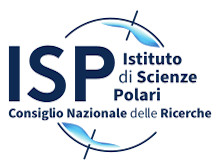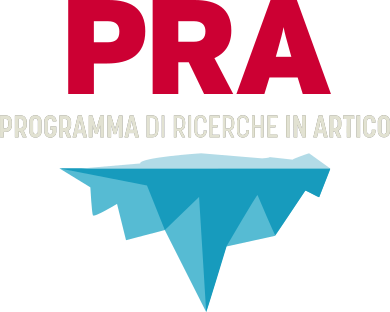Summary
Halophilic archaea are unique microorganisms adapted to survive under high salt conditions (> 240 g/L of total salinity) and temperature (>40°C). To do so they produce various biomolecules which possess unusual properties that are useful for numerous biotechnological and industrial applications. Proteins and enzymes of this group of archaea are functional under salt concentrations. Such properties make haloarchaeal enzymes suitable for biotechnological processes.
Among the most obscure and understudied topic is their vast genomic potential to degrade and consume various exopolysaccharides, including cellulose, chitin and hemicellulose. These insoluble substances are present in significant quantities in hypersaline habitats.
In the frame of CNR-VAST bilateral collaboration we will sample the Italian and Vietnamese artisanal marine solar salt-work sites. Samples from these crystallizer ponds will be collected for the subsequent isolation and cultivation of polysaccharidolytic haloarchaea.
Objectives
Special emphasis in HALOPHARM will be given to: (i) creation of unique culture collection of polysaccharidolytic haloarchaea (capable to grow on amorphous cellulose, chitin and xylan); (ii) isolates will be screened on their capacities to depolymerize the high molecular weight hyaluronan; (iii) the most active haloarchaeal isolates will undergo the genome sequencing and all potentially interesting glycosyl hydrolases of the GH5,9,10,16 and 18 families will be analyzed phylogenetically; (iv) all GH candidates potentially possessing HA-hydrolytic activities will be structurally compared in silico with known hyaluronidases; (v) we will try to express the best GhH enzymes candidates heterologously to elucidate the optimal conditions for the most efficient depolymerization of hyaluronan.
Project Partners
• Nhatrang institute of technology research and application (NITRA)







 Title: HALOarchaea as the source of novel enzymes for PHARMaceutics
Title: HALOarchaea as the source of novel enzymes for PHARMaceutics 


